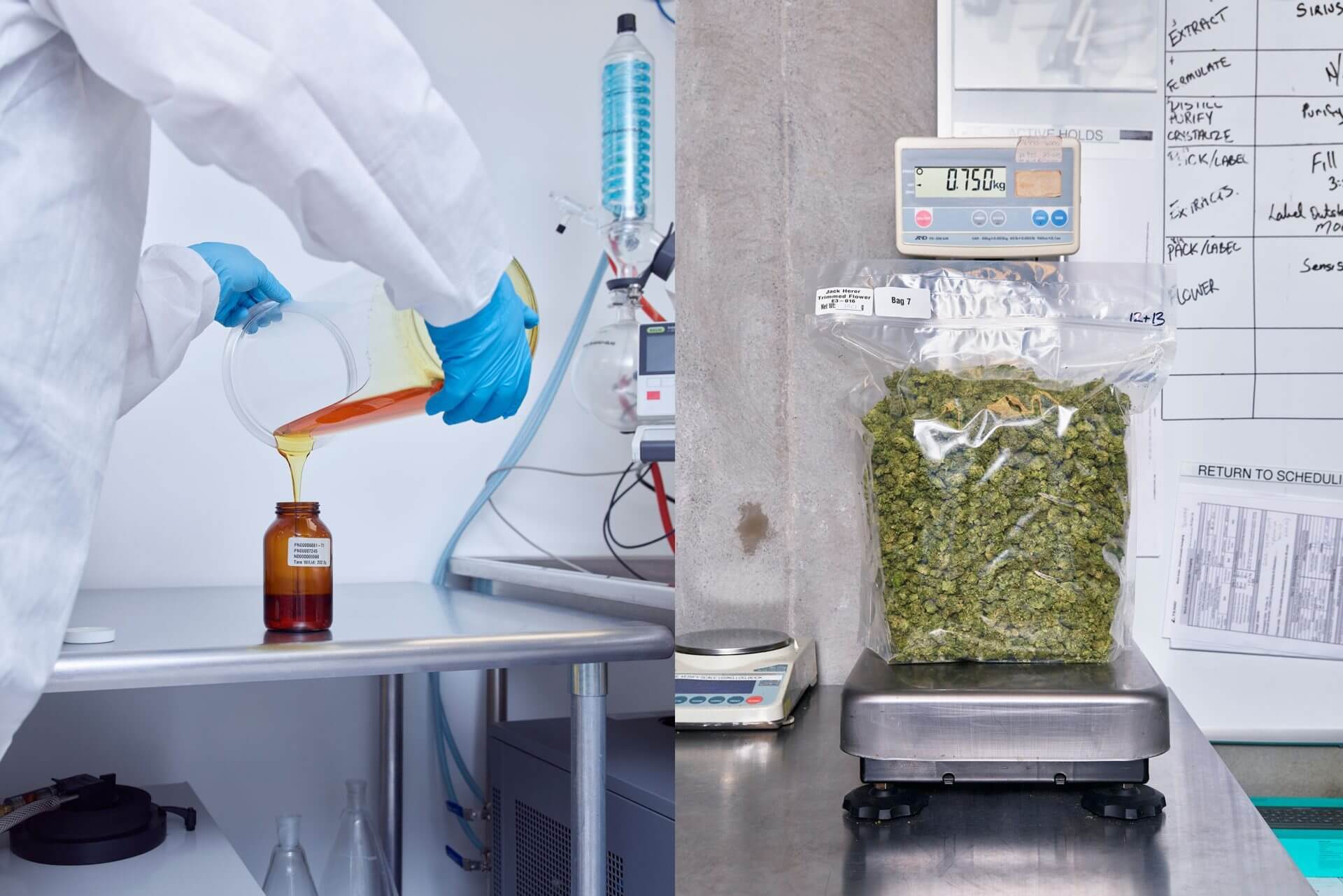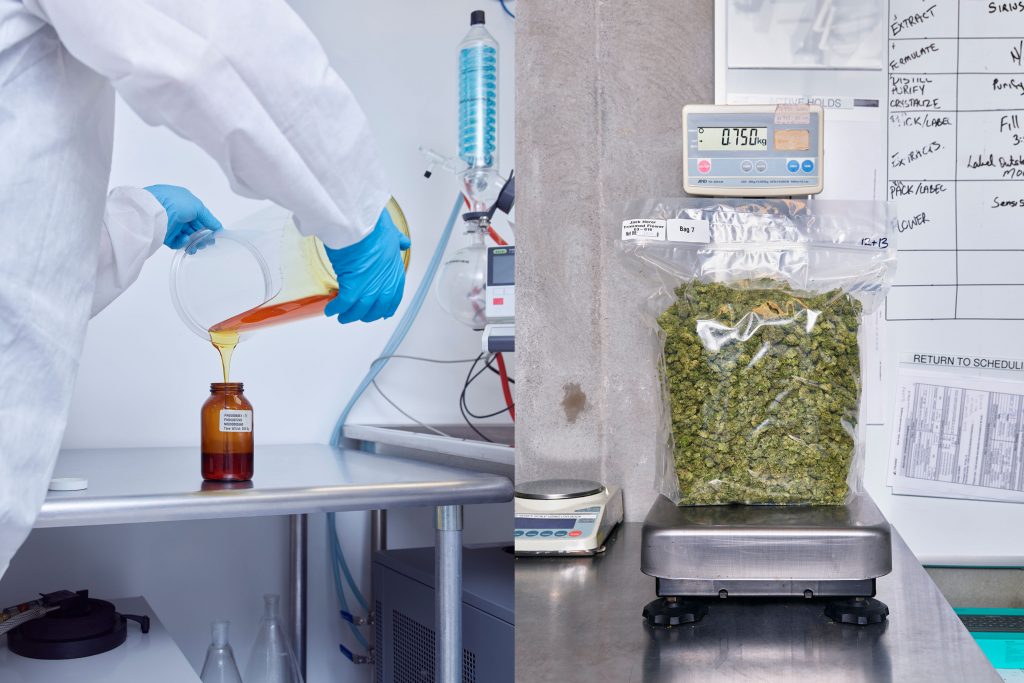
CBD – Health Benefits


Therapeutic potential of CBD
CBD, or cannabidiol, is a phytoocannabinoid without psychoactive properties. Cannabis has been used for medical purposes in many cultures around the world for millennia. Nowadays, the therapeutic substances contained in them arouse the interest of scientists and doctors.
What is hemp different from marijuana?
Marijuana and hemp are two varieties of the same plant species. A variety commonly referred to as marijuana is grown because of the high THC content. This plant is used for the purpose of or in some countries as a legal stimulant. Hemp containing very little THC, have many other uses. They produce paper, clothing, medicines and food.
What are cannabidiol oils?
Oils cannabidiol (CBD) are products with a low psychoactive content Thc. Therefore, they do not have narcotic properties. Preparations made from Cannabis sativa, based on their action on the CBD fraction, have become very popular in recent years. Z medical literature shows that patients receiving them are often report a beneficial therapeutic effect. Case descriptions refer to especially often relieve chronic pain. An important feature cannabidiol oils is that they do not have side effects medical marijuana. These preparations have a very high safety compared to other medicines and supplements used to treat epilepsy or chronic pain.
With due to the diversity of cannabis sativa regulations in the different countries, as well as a huge increase in the number of new products, the naming of preparations produced from this herbal raw material is not is always clear. The content of active substances in the oil is depending on the parts of the plant from which it is extracted. THC and CBD reach the highest concentration in hemp flowers and leaves. Cannabis sativa seeds contain small amounts of them. Rich are omega-6 and omega-3 fatty acids. Exist products referred to as ‘cannabis oils’, who have high levels of psychoactive THC.
Test mechanism of action of substances contained in hemp
Causes socio-political issues have for decades hampered research into Cannabis sativa. Over the last 30 years, there has been significant progress in the research on this plant. Scientists have succeeded in extract many of the active ingredients contained in hemp. Recent discovery of cannabinoid receptors in the human body and chemical molecules that can activate them, triggered an exponential increase in research into the endocannabinoid and its health significance. It is on these receptors are influenced by the active substances contained in hemp, leads to observable changes in the functioning of the body.
In over the last decade, scientists have linked the activity of the endocannabinoid acid with a number of physiological functions, both in nervous system, as well as in peripheral organs. More importantly, modulating the activity of the endocannabinoid system has been promising in the treatment of many different diseases and conditions Pathological.
Cbd for the treatment of pain
Abuse opioid medicines is one of the serious problems of today’s Healthcare. These substances are used both to combat pain and narcotic purposes. Regular intake of them leads to often to difficult to treat addictions. In response to this the problem is growing interest of scientists in other potential treatment of pain. One promising solution is to substances contained in the cannabis sativa plant. Special hopes are attached to cannabidiol and oils due to low levels of psychoactive THC. After the use of these substances, a therapeutic effect is possible medical marijuana, without narcotic effect.
Potential CBD and hemp oils for the treatment of chronic pain, has been confirmed in vivo in rodent studies. In addition, it was found that that CBD could potentially be used to treat addiction opioid substances. Therefore, in the context of the abuse of painkillers, cannabidiol is a particularly important attractive option in the therapy of chronic pain. The use of CBD as a medicine for pain therapy, however, requires further research. Tests clinical trials involving patients have so far been conducted too small group of participants.
Cbd in dermatology
So far, collected data indicates the high potential of cosmetics containing CBD. Cannabinoids, due to the properties of anti-Christmas and anti-inflammatory effects can be used treatment of various skin conditions. Current scientific literature indicates that CBD may be beneficial in acne therapy, chronic prune and atopic dermatitis. In view of the including, CBD-containing dermoxmetics are worth recommending to people dermatological problems of this type.
Use of CBD in veterinary medicine
There are studies indicating that CBD can be used in osteoarthritis in dogs. The therapeutic effect of cannaaboids is probably based in this case on regulating the endocannabinoid system and inhibiting the release of excitatory neurotransmitters. Thanks to this, pain reactions are reduced. Studies of the therapeutic potential of CBD on dogs suffering from chronic pain associated with osteoarthritis have shown an increase in activity levels in animals receiving supplementation with this substance.
With due to the registration of CBD preparations as medicines in the certain epilepsy bands in humans, consideration is given to similar effectiveness of this substance in the case of epilepsy in dogs. Many veterinary neurologists describe the effectiveness of canaboids in their clinical practice. . The advantage of giving CBD in animals with epilepsy is certainly very low toxicity of the substance compared to synthetic medicines.
SCBD side kutki
In adverse reaction studies in patients with epilepsy treated with CBD, it has been found that this substance may sleepiness, decreased appetite and diarrhoea. Possible adverse effects were very mild, especially when compared to consequences of taking other antiepileptic medicines or painkillers.
What is liposomal CBD?
Liposomes are microscopic balls surrounding its structure nourishing medicine or medicine. They are designed to promote their absorption into Body. The molecular structure of cannabidiol makes it poorly absorbed by our body from the digestive system. Clear the advantage of supplying CBD in the form of lipooomas is increased bioavailability, which has been confirmed by clinical trials. Liposomal forms can also help cannaaboids avoid damage to the digestive system. As a result, after administration of this type of cbd preparations, the final concentration in the blood of the active compound is higher.
Mgr. Sara Janowska
Literature:
Sheriff Tabrez, et al. “The potential role of cannabinoids in dermatologists.” Journal of Dermatological Treatment 31.8 (2020): 839-845.
Blair Emek. “Next generation of liposomal delivery for cannabidiol from a hemp extract: a safety study.” Amer J Endocan Med 1.1 (2019): 20-22.
Pacher Pál, Sándor Bátkai, and George Kunos. “The endocannabinoid system as an emerging target of pharmacotherapy.” Pharmacological reviews 58.3 (2006): 389-462.
VanDolah, Harrison J., Brent A. Bauer, and Karen F. Mauck. ‘Clinicians’ guide to cannabidiol and hemp oils.” Mayo Clinic Proceedings. Vol. 94. №. 9. Elsevier, 2019.




